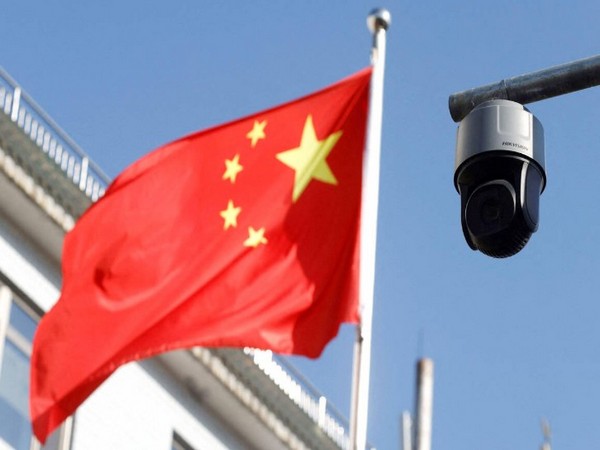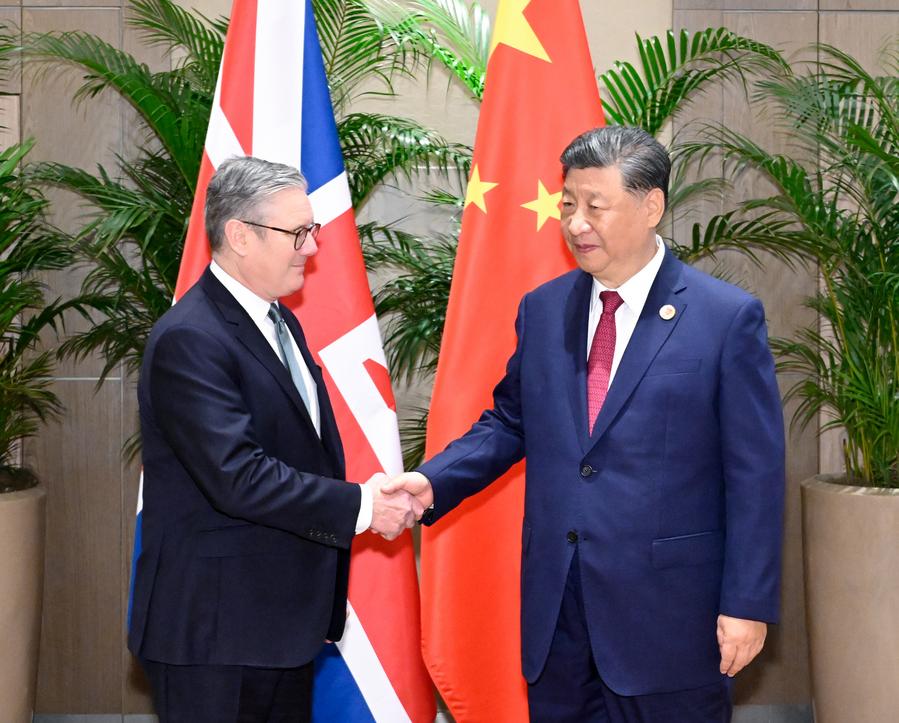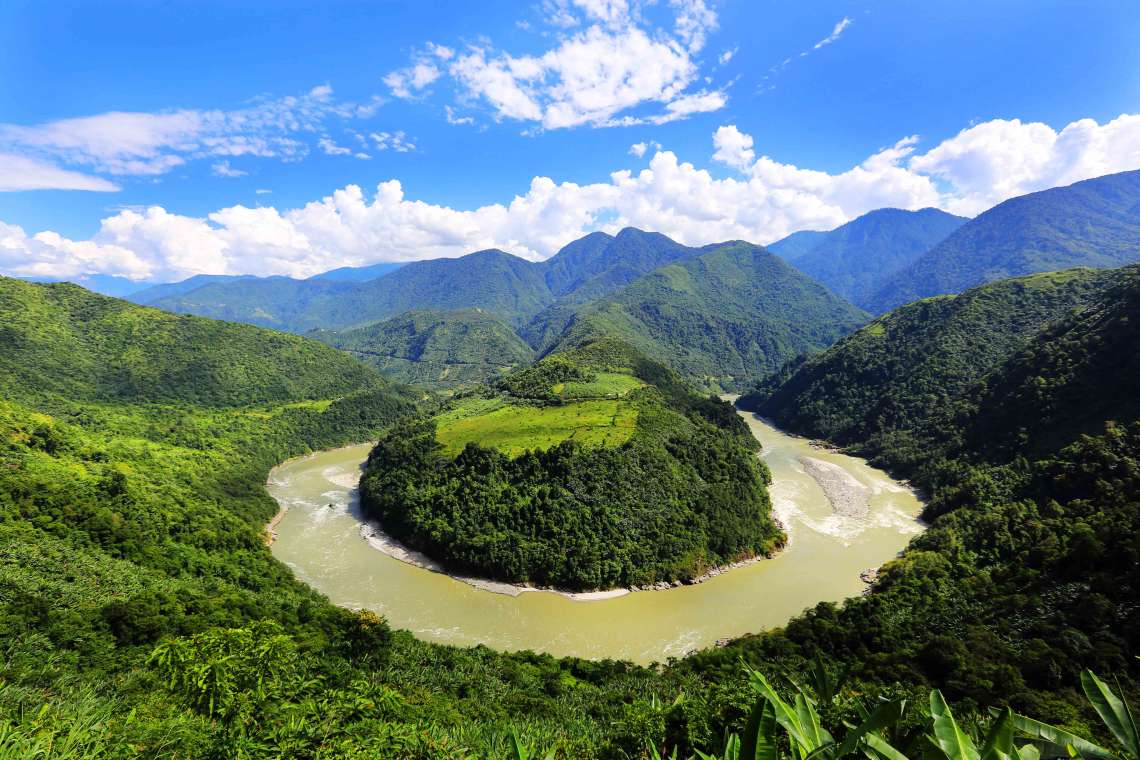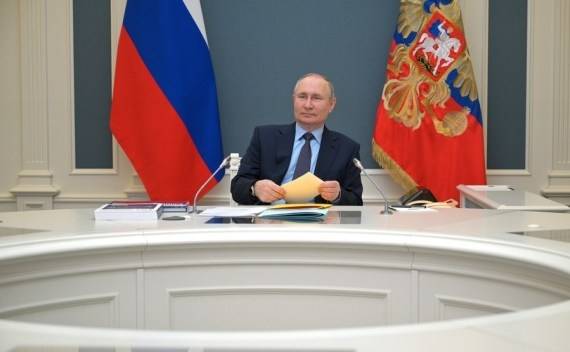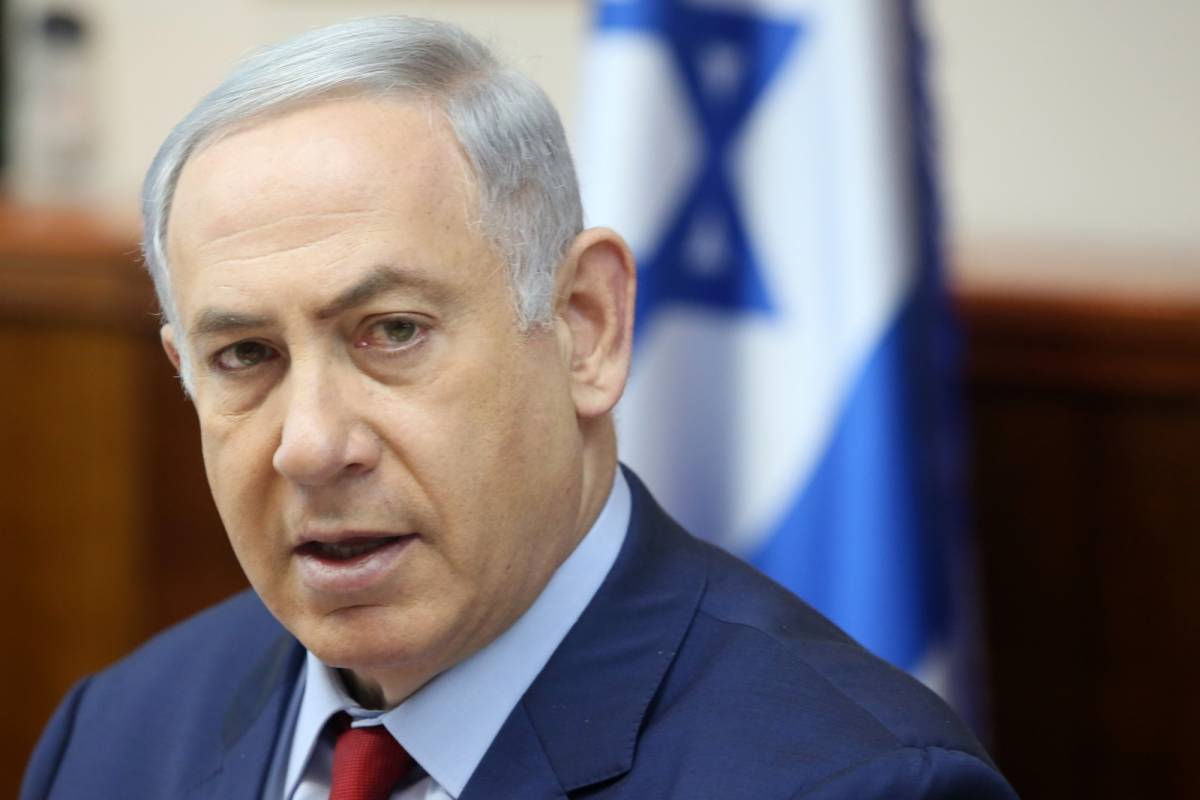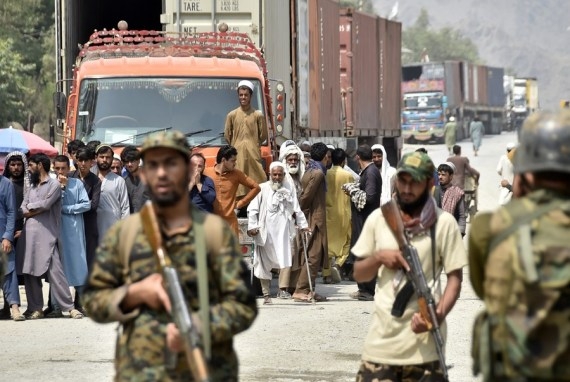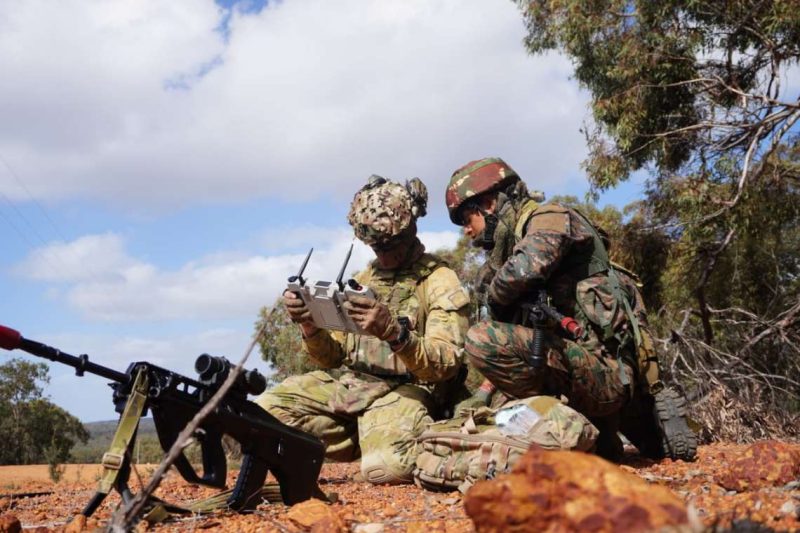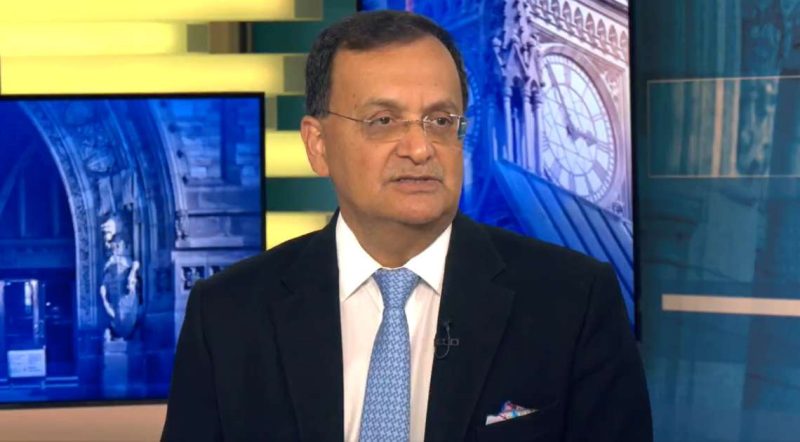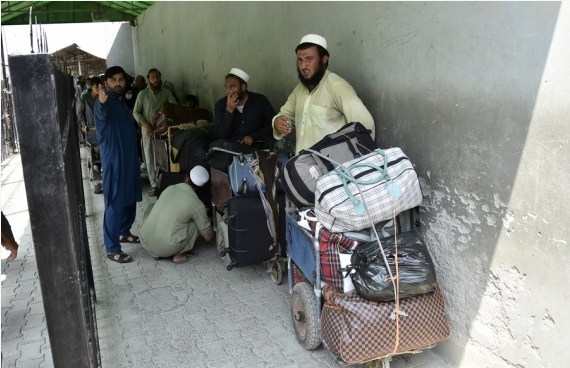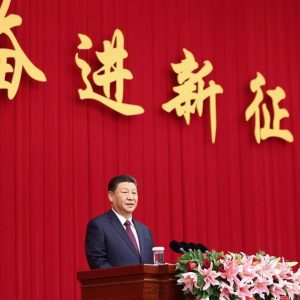The People’s Armed Forces Maritime Militia (PAFMM) of China owes its origin to the Communist Party’s 1950 consolidation of people’s militia groups comprising mainly fishermen and coastal workers of China, writes Prof. Carl Schuster
According to reports, China recently warned the United States that it will face defeat if the two superpowers go to war. This warning is a testimony to what China thinks about its military might.
The threat to the US has come from China in response to the joint military exercise carried out by the US, Japan, Australia, and France last week amidst tension in the East China Sea. Tension is also mounting in the South China Sea with the Philippines refusing to withdraw vessels from the disputed territory.
China’s Maritime Militia are very often a party in these disputes due to its bullying tactics along the maritime boundary with Philippines, Vietnam, and Japan. The People’s Armed Forces Maritime Militia (PAFMM) of China owes its origin to the Communist Party’s 1950 consolidation of people’s militia groups comprising mainly fishermen and coastal workers of China.

Its initial role was confined to keeping a close eye on People’s Republic of China (PRC)’s coastal waters and reporting any suspected activities to the Chinese Army (PLA). These militia were recruited, trained, and equipped by the party’s Bureau of Aquatic Products, which authorize former PLA officers [TS1] to train and direct the militias’ operations.
These militia groups operated very close to the maritime boundary till the 1960s. However, their activities started expanding in subsequent years. They started bullying South Vietnamese fishermen in Paracel and Spratly islands in the late 1960s. Their first major victory came in January 1974 when they seized South Vietnam’s Paracel Islands. They engaged the South Vietnam Naval unit with 400 militia troops and captured the islands. This island remained with China ever since.
The PAFMM have been leading the PRC’s bullying in the East and South China Sea from the early 1980s. They threaten the Vietnamese and Filipino fishing ships, which are small, slow, and less robust. The militia threatens these fishing boats with small arms and attacks them with high pressure water cannons, very often sinking them. This is particularly true for Vietnamese fishing vehicles. The Chinese Coast Guards are often seen helping these militia groups in their nefarious activities.

In fact, due to the early gains by this militia unit, China built ‘fishing shelters’ to protect their fishermen in the Spratly islands. Their activities increased further after the US Navy pulled out of the Philippines in 1994. With the help of the PLA, the PAFMM isolated all the neighbouring countries and captured Mischief Reef and Scarborough Shoal. This compelled the US to follow a proactive strategy and support the Philippines in the South China Sea.
Despite all these activities by PAFMM, the Chinese government headed by Chairman Xi Jinping has never accepted any link between PAFMM and China’s military. They claim that they are fishermen. This enables the PRC to deny any involvement of the Chinese government in these scuffles.
ALSO READ: Xi, Putin open new chapter in nuclear ties
The PAFMM do not regularly use firearms or other military weapons so their actions cannot be called an ‘act of war’ which might trigger retaliation. It may also compel Manila to seek US support under the US-Philippine Mutual Defence Treaty. That is why the US calls PRC’s actions ‘Grey Zone Operations’, which means they are acts of aggression, but fall short of military actions that would risk triggering a military response.

The PAFMM still continues with its activities in the East and South China Sea. For occupying an uninhabited island, the PAFMM does the initial seizure posing as fishermen. When other countries confront them with their Coast Guards or other law enforcement agencies, they find themselves confronting an armed militia, which is fully backed by China’s Coast Guard or Navy. The situation can escalate into a full-fledged war if the other party insists on vacating the island.
Such is the highhandedness of China that when an International Arbitration held the Chinese occupation illegal, it refused to abide by the judgment saying all nations should ‘respect’ international law.
At the time of the real war PAFMM may shift to supporting roles like defensive mining. They did this during the PLA Navy exercise in 2014. They would act as one of the many eyes of the fleet, land militia troops in remote areas or covertly land troops before the actual war starts.
A unit of the People’s Armed Forces, PAFMM operates under direct military command for carrying out state-sponsored activities. Although they are locally supported but report to the head of China’s military — Commander-in-Chief Xi Jinping.

The exact number of fishing vessels possessed by PAFMM is not known, but estimates put the figure at around 350, out of which 225 are deployed in the South China Sea. Their vessel hulls are made up of reinforced steel, which are very strong. On the other hand, most of the other fishing vessels in the South China Sea are made of wood or other light materials. The PAFMM vessels are faster, which puts them at an advantageous position in an encounter.
They can ‘bump’ the enemy’s vessel at will with little risk of damaging their own strong hull.
ALSO READ: BRICS Focus On High Performance Computing
Most of the fishermen from other countries are unarmed, but PAFMM vessels have small arms and, in some cases, Rocket Propelled Grenades (RPG) and machine guns. They are rarely used but are available on the vessels.
The PAFMM vessels have water cannons mounted above the pilot house. They aim the spray at the other vessels’ pilot house to blind the crew, but sometimes they aim it at the engine exhaust. Cold sea water hitting a hot engine tends to damage the engine, leaving the craft non-functional in the water. The PAFMM vessel can then do what it wants — bump, ram or just leave.
China places greater importance to claims on the South China Sea because of its strategic location. The political and strategic payoff is bigger in the South China Sea compared to the East China Sea and the risks and operational difficulties are less. The South China Sea is easier to dominate. The PAFMM base in Sanya is closer to the disputed territories in the South China Sea than the PAFMM base in Guangzhou to the Senkaku. They must pass through Taiwan to reach Senkaku.

The PRC’s military bases and airfields are closer to the disputed territory in the South China Sea than they are from the US bases in Japan. The East China Sea is not strategically located. The US and Chinese bases are equidistant from Senkaku. Also, Japan’s Coast Guard is stronger than those of Vietnam and the Philippines, China’s main target in the South China Sea. The PAFMM gets greater support in the South China Sea from the Chinese military establishments compared to the East China Sea.
China wants to dominate the South China Sea because that would give Beijing strategic advantage against Taiwan and Japan, before risking a conflict over the Senkaku. Xi always goes for an easy target that he believes can be achieved with minimal risk and costs.
Traditional thought in Chinese military believes in isolating the enemy and establishing an advantageous geo-political and military superiority before engaging in a war. Also, the best leader is the one who achieves ‘victory’ without fighting. China has secured much of the South China Sea and is using the PAFMM to expand its control without firing a shot. It has worked so far. However, doing that around the Senkaku may prove to be difficult and expensive.
(Commissioned out of the NROTC unit at the University of South Carolina in 1974, Captain Schuster served in a variety of US and international posts both at sea and ashore before his retirement in 1999. He was a qualified Joint Staff Officer, Foreign Area Officer and Strategic Planner at retirement. The views expressed are personal).
ALSO READ: Stage set for Biden-Putin summit



